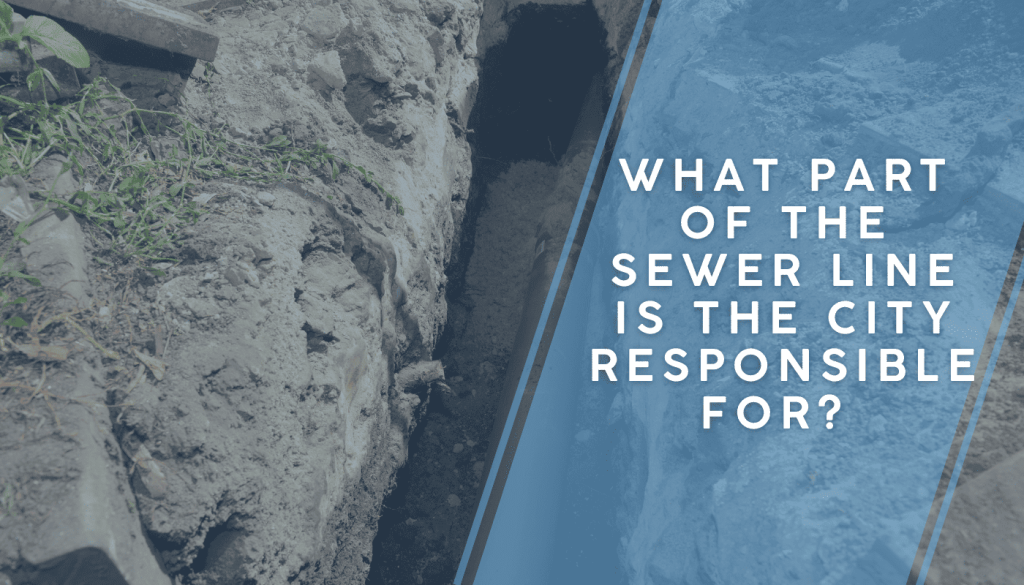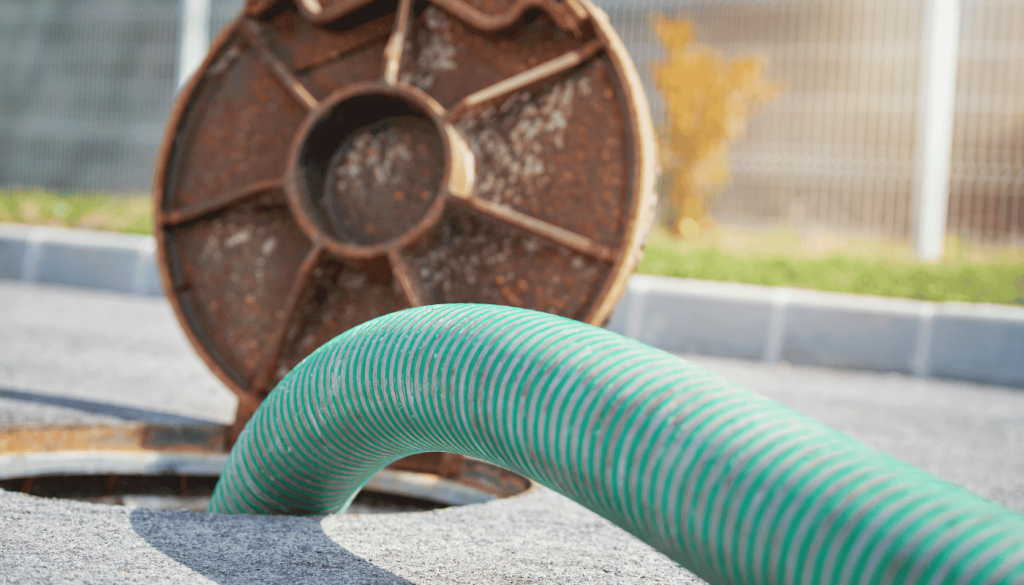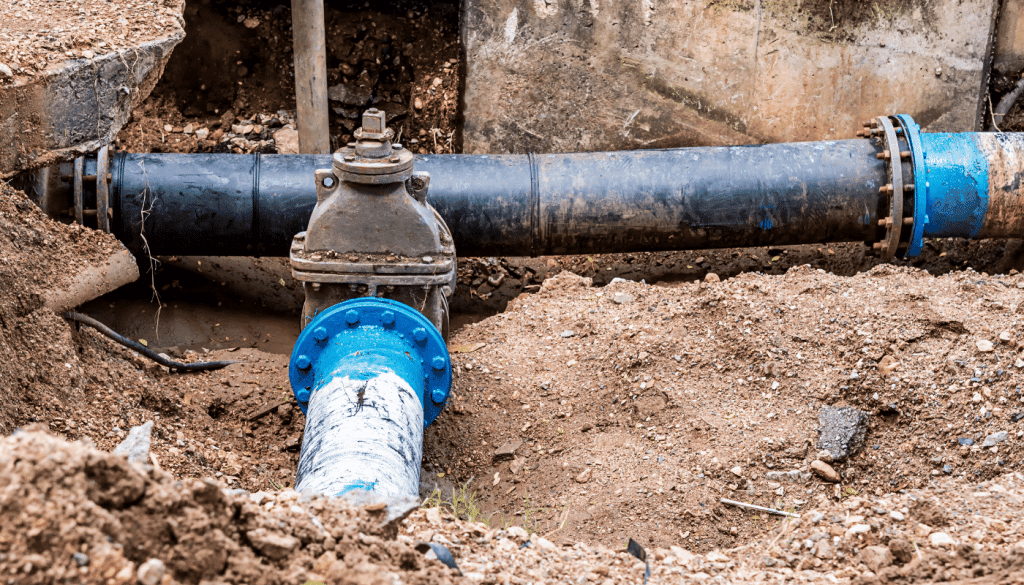
When it comes to maintaining a functional sewer system, understanding who is responsible for what part of the sewer line is the city responsible for is critical. Many homeowners mistakenly assume that anything outside their property is the city’s responsibility, but that’s often not the case. The division of responsibilities between the homeowner and the city can be confusing, yet knowing these details is essential to avoid costly surprises.
In this guide, we’ll answer the common question, “What part of the sewer line is the city responsible for?” and provide a thorough breakdown of responsibilities, causes of damage, maintenance tips, and more.
What Part of the Sewer Line is the City Responsible For?
Sewer line ownership is generally divided into two parts:
- The lateral sewer lines that connect your home to the city’s sewer main.
- The main sewer line that carries wastewater from the neighborhood to a treatment facility.
The city is typically responsible for maintaining and repairing the main sewer line, which is located under public streets or alleys. This line transports wastewater from homes in the area to the city’s treatment plant or other designated processing facilities.
However, responsibility for the lateral lines—the pipes connecting your home to the main sewer line—often lies with the homeowner. Even the section of the lateral that extends beyond your property line into public spaces may fall under your jurisdiction. Understanding these divisions can help you prepare for unexpected repair costs and know when to involve the city in what part of the sewer line is the city responsible for.
Understanding Sewer Lines: Upper and Lower Laterals
To fully understand where homeowner responsibility begins and ends, let’s break down the lateral sewer lines:
Upper Lateral
- Location: Runs from your home’s plumbing system to your property line, typically stopping at the sidewalk or curb.
- Ownership: The homeowner is entirely responsible for maintaining and repairing this section.
- Common Issues: Clogs caused by grease buildup, flushing non-biodegradable items, or tree root intrusion.
Lower Lateral
- Location: Extends from your property line to the city’s main sewer line, which is usually under the street or a public right-of-way.
- Ownership: This section often remains the homeowner’s responsibility, even though it’s outside the property boundary.
- Common Issues: Cracks, blockages from debris, and aging pipes.
Understanding these two sections is crucial when sewer issues arise. Misinterpreting ownership boundaries can delay repairs and lead to additional costs.
When is the City Responsible for Sewer Line Repairs?
The city’s responsibility begins at the main public sewer line, which is designed to handle wastewater from all connected properties in a neighborhood. Homeowners often ask, “What part of the sewer line is the city responsible for?” Here are the key situations where the city steps in:
Main Sewer Line Issues
The city is responsible for repairing the main sewer line if:
- There is a blockage or collapse in the line itself.
- A city-wide infrastructure issue causes a backup in multiple properties.
- Overflow occurs due to insufficient capacity in the city’s sewer system.
Combined Sewer Systems
In some older neighborhoods, combined sewer systems handle both stormwater and wastewater. When heavy rainfall overwhelms the system, the city is typically responsible for addressing backups caused by excess stormwater entering the main sewer line.
Public Property Overflow
If a blockage or damage occurs within the city’s designated jurisdiction (e.g., the street, alley, or public right-of-way), the city will handle repairs.

When Does the Responsibility Fall on Homeowners?
While the city manages the main sewer line, the responsibility for the lateral lines—both upper and lower—usually lies with the homeowner. Here’s what this entails:
Homeowner Responsibilities:
- Maintaining and repairing the upper lateral within your property line.
- Repairing the lower lateral, even if it lies outside your property boundary and under public property like a sidewalk or street.
- Addressing clogs, breaks, or root intrusion in the lateral sewer line.
This responsibility means that even issues arising beyond your property, but within the lateral lines, are often your financial obligation. It’s essential to check with your local municipality to understand specific regulations about what part of the sewer line is the city responsible for.
Causes of Sewer Line Damage
Sewer lines are vulnerable to a variety of issues, many of which develop gradually over time. Here are the most common causes:
1. Tree Root Intrusion
Tree roots are naturally drawn to moisture, making sewer lines an ideal target. Roots can penetrate small cracks in pipes, causing blockages and significant structural damage over time.
2. Grease and Debris Buildup
Pouring grease, oils, or food scraps down the drain can lead to a gradual buildup in your pipes. Over time, this can cause clogs that block the flow of wastewater.
3. Aging Infrastructure
Older homes often have sewer lines made of clay or cast iron, which deteriorate over decades. Cracks, leaks, and collapses are common in aging pipes.
4. Improper Installation
Poorly installed sewer lines can lead to misalignments, dips, or inadequate slopes, causing wastewater to collect and create blockages.
5. Natural Shifting
Soil movement due to heavy rains, earthquakes, or general settling can shift pipes, leading to misalignment or cracks.
What to Do if You Experience Sewer Backups
Sewer backups are not only inconvenient but can also lead to property damage and health hazards. Here’s a step-by-step guide to handle the situation:
Step 1: Identify the Signs
- Slow or gurgling drains.
- Foul odors coming from sinks or toilets.
- Water backing up into the tub or basement.
Step 2: Stop Using Water
Turn off water usage immediately to prevent further backup into your home.
Step 3: Call a Professional
Contact Barney’s Plumbing & Sewer Services for a thorough inspection. Our team uses advanced video inspection tools to pinpoint the issue quickly and accurately.
Step 4: Involve the City if Necessary
If the issue stems from the main sewer line or affects multiple properties, contact your local sewer department for clarity on what part of the sewer line is the city responsible for.
The Importance of Sewer Line Inspections
Regular sewer line inspections are one of the best ways to avoid unexpected repairs. Here’s why:
Early Detection
Inspections can identify issues like cracks, blockages, or root intrusion before they escalate into major problems.
Advanced Tools
Video camera inspections allow plumbers to see the inside of your pipes without digging up your yard.
Preventive Maintenance
Scheduled inspections help ensure your sewer lines remain clear and functional, reducing the likelihood of backups or costly repairs.
Preventive Tips for Maintaining Sewer Lines
Keeping your sewer lines in good condition doesn’t have to be difficult. Follow these simple tips:
- Dispose of Grease Properly: Use a container for cooking oils and avoid pouring them down the drain.
- Install Drain Screens: Prevent debris like hair and food particles from entering your plumbing system.
- Flush Responsibly: Only flush toilet paper—avoid wipes, sanitary products, and other non-degradable items.
- Schedule Professional Maintenance: Regular check-ups can extend the life of your sewer lines.
The Role of Homeowner’s Insurance in Sewer Line Repairs
Sewer line repairs can be costly, but insurance may provide some relief. Here’s what you need to know:
- Standard Coverage: Most policies do not cover sewer line damage unless explicitly stated.
- Additional Riders: Homeowners can often add sewer line coverage for an extra fee.
- What’s Covered: Insurance may cover repairs for sudden and accidental damage but not wear-and-tear or maintenance-related issues.
Moving into a New Home? Why You Need a Sewer Line Inspection
Purchasing a home is a significant investment, and inspecting the sewer lines beforehand can save you from unexpected surprises:
- Uncover Hidden Issues: Older homes may have deteriorating pipes or tree root intrusion.
- Plan for Repairs: Know the condition of the lateral lines and budget for future maintenance.
- Avoid Major Costs: A sewer line inspection can prevent expensive repairs after you move in.

Why Choose Barney’s Plumbing & Sewer Services?
Decades of Experience
Though Barney’s Plumbing & Sewer Services began in 2020, our team brings decades of expertise in sewer and plumbing systems. This wealth of experience ensures that your plumbing issues are handled efficiently and professionally. We are fully licensed.
Family-Owned Commitment
As a family-owned business, we treat our customers like family. We prioritize honesty, transparency, and exceptional service to build trust and lasting relationships.
Honesty and Safety
Your safety and comfort are our priorities. We take extra steps, such as sending a photo of your assigned technician before their visit, to ensure you feel secure during the process.
Contact Barney’s Plumbing & Sewer Services Today
Need help with your sewer lines? Barney’s Plumbing & Sewer Services is here to provide expert solutions.
- Step 1: Call us at (253) 498-5434 to request a free estimate.
- Step 2: Meet with one of our friendly technicians to discuss your needs.
- Step 3: Enjoy professional, reliable plumbing services that exceed your expectations.
Whether you need inspections, repairs, or maintenance, Barney’s Plumbing & Sewer Services is your trusted partner. Contact us today at (253) 498-5434 or use our convenient online form for a free quote.

